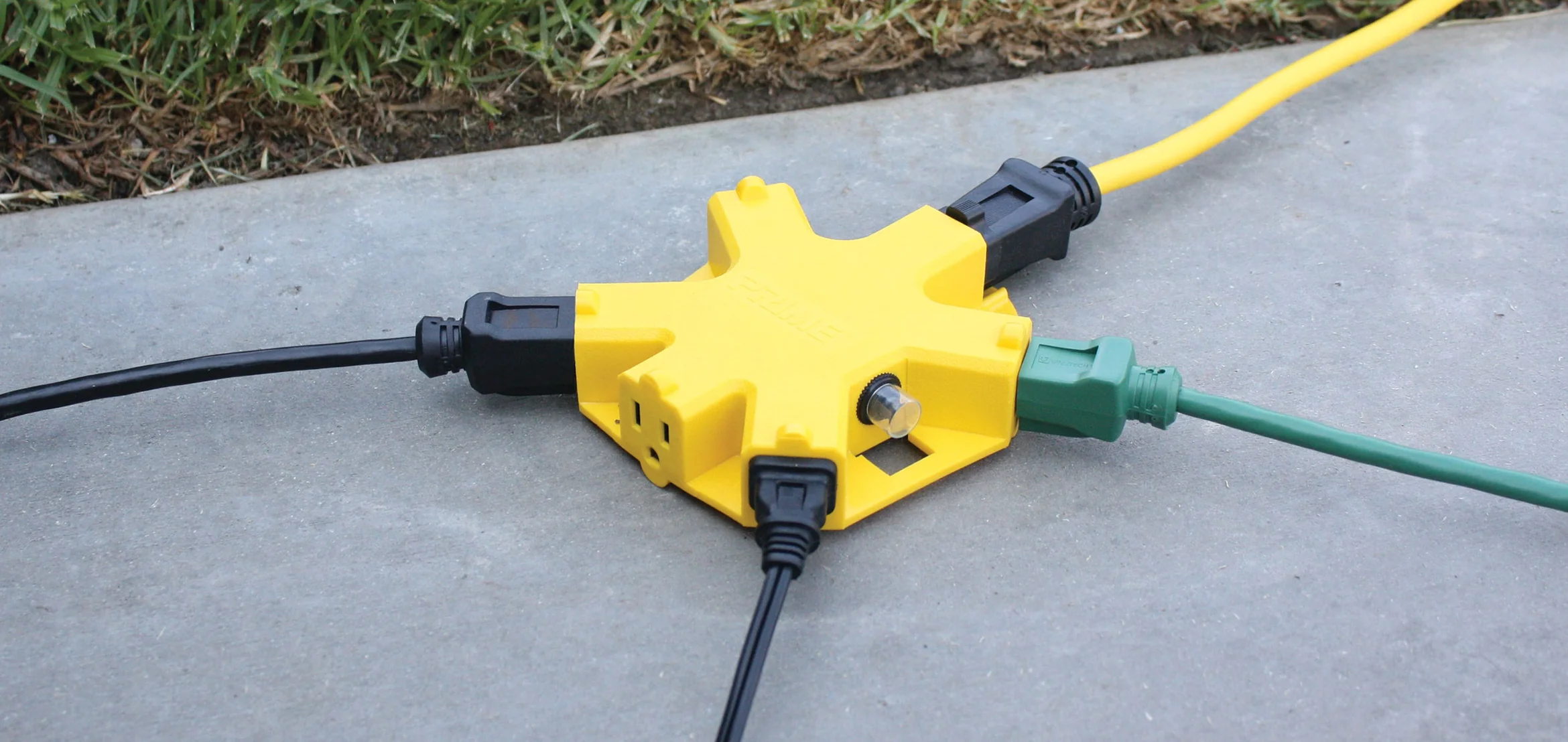

Articles
What Size Extension Cord Do I Need
Modified: January 8, 2024
Discover the right size extension cord you need for your articles. Find out the best length and gauge to ensure safe and efficient power connectivity.
(Many of the links in this article redirect to a specific reviewed product. Your purchase of these products through affiliate links helps to generate commission for Storables.com, at no extra cost. Learn more)
Introduction
Extension cords are a handy tool that allows us to connect electrical devices to a power source when the original cord is not long enough. Whether it’s for outdoor use, powering tools in the garage, or providing electricity to appliances in hard-to-reach areas, extension cords are essential in many scenarios.
However, not all extension cords are created equal. They come in various sizes, and it can be confusing to determine which size is the right fit for your needs. Using the wrong size extension cord can lead to voltage drops, reduced power output, and even potential safety hazards.
In this article, we will delve into the world of extension cord sizes and provide you with a comprehensive guide to help you understand what size extension cord you need for different applications. By the end, you will have a clear understanding of the factors to consider and how to determine the correct size for your specific requirements.
Key Takeaways:
- Choose the right extension cord size by considering power requirements, length, and gauge. Ensure safe and efficient power delivery for your devices, whether indoors or outdoors, with the correct cord selection.
- Understand common extension cord sizes and their recommended uses to make informed decisions. From low-power devices to heavy-duty equipment, matching the right cord to your specific needs guarantees reliable and hassle-free power delivery.
Understanding Extension Cord Sizes
When it comes to extension cords, the size refers to the gauge or thickness of the wire inside the cord. The gauge determines the amount of current that the cord can safely carry. The lower the gauge number, the thicker the wire and the more current it can handle.
In most cases, extension cords come in three common sizes: 16-gauge, 14-gauge, and 12-gauge. The 16-gauge cord is the thinnest and can handle the least amount of current, while the 12-gauge cord is the thickest and can handle the highest amount of current.
It’s important to note that the length of the extension cord can also affect its performance. The longer the cord, the more resistance there is in the wire, which can lead to voltage drops and reduced power output. Therefore, it’s crucial to choose the right gauge and length combination based on your specific needs.
Extension cords are typically labeled and color-coded to indicate their gauge. The label may include information such as “16/3”, which means it is a 16-gauge cord with three conductors inside (one for hot, one for neutral, and one for ground). The color coding for extension cords may vary, but commonly, green cords indicate outdoor use, yellow cords are heavy-duty, and orange cords are medium-duty.
Understanding these basics will help you make an informed decision when choosing the right extension cord size for your intended application.
Factors to Consider When Choosing Extension Cord Size
When selecting the appropriate extension cord size, there are a few essential factors to consider. Taking these factors into account will help ensure that you choose a cord that can safely and efficiently power your electrical devices. Here are some key factors to consider:
- Power Requirements: The first factor to consider is the power requirements of the devices you intend to connect to the extension cord. Different appliances and tools have different power needs, which are typically measured in watts or amps. It’s important to check the power rating of your devices to ensure that the extension cord you choose can handle the required current.
- Length: The length of the extension cord is another vital factor to consider. As mentioned earlier, a longer cord can lead to voltage drops and reduced power output due to increased resistance. Therefore, it’s crucial to determine the distance between your power source and the device you want to connect and choose an extension cord that is long enough to reach without any excessive extra length.
- Indoor or Outdoor Use: Consider whether you will be using the extension cord indoors or outdoors. Outdoor extension cords are typically designed to withstand harsh weather conditions and have additional features like water resistance. They may also have a thicker insulation to provide added protection against outdoor elements. If you need to use the extension cord outdoors, make sure to choose one specifically designed for outdoor use.
- Appropriate Gauge: Choosing the right gauge for your extension cord is vital to ensure safe and efficient power delivery. As mentioned earlier, the gauge determines the current-carrying capacity of the cord. Consider the power requirements of your devices and choose a cord with a gauge that can handle the required current without any issues. As a general rule, for low-power devices, a 16-gauge cord may suffice, while medium to high-power appliances may require a 14-gauge or even a 12-gauge cord.
By carefully considering these factors, you can select the appropriate extension cord size that meets the power requirements of your devices and ensures safe and efficient power delivery.
When choosing an extension cord, consider the length needed, the power requirements of your devices, and the gauge of the cord. For longer distances or higher power needs, a thicker gauge cord is necessary to prevent overheating.
Determining the Right Extension Cord Size
Determining the correct extension cord size involves assessing the power requirements of your devices and considering the length of the cord. With these factors in mind, you can make an informed decision and choose a cord that will meet your needs effectively.
Here’s a step-by-step process to help you determine the right extension cord size:
- Check the Power Requirements: Start by checking the power requirements of the devices you plan to connect to the extension cord. Look for labels or specifications that indicate the power rating in watts or amps. Make a note of the highest power device you will be using.
- Measure the Length: Determine the distance between the power source and the device you want to connect using the extension cord. Measure the length precisely to get an accurate assessment.
- Calculate the Voltage Drop: To ensure efficient power delivery, you need to consider voltage drop, especially for longer extension cords. Voltage drop occurs due to the resistance in the wire, and it can affect the performance of your devices. Use an online voltage drop calculator or consult an electrician to determine the acceptable voltage drop for your specific application.
- Choose the Appropriate Gauge: Based on the power requirements and the calculated voltage drop, select the appropriate gauge for your extension cord. Remember, the lower the gauge number, the thicker the wire and the more current it can handle. If you’re unsure, opt for a thicker gauge to ensure that the cord can handle the power requirements without any issues.
- Consider Future Needs: If you anticipate using higher-power devices in the future or extending the distance between the power source and the devices, it’s wise to choose a slightly thicker gauge than what you currently require. This will future-proof your setup and prevent the need for purchasing another extension cord later.
By following these steps and considering the power requirements, length, voltage drop, and future needs, you can confidently determine the right extension cord size that will provide reliable and efficient power delivery to your devices.
Common Extension Cord Sizes and Their Uses
Extension cords come in various sizes, each suited for different applications based on their gauge and current-carrying capacity. Understanding the common extension cord sizes and their recommended uses will help you make an informed decision when selecting the right cord for your specific needs. Here are the most common extension cord sizes and their typical uses:
- 16-Gauge Extension Cord: The 16-gauge extension cord is the thinnest and has the lowest current-carrying capacity. It is suitable for low-power devices such as lamps, small appliances, and electronics. This size is typically used for indoor applications.
- 14-Gauge Extension Cord: The 14-gauge extension cord is thicker than the 16-gauge and can handle more current. It is suitable for medium-power devices, including power tools, electric grills, and space heaters. This size is commonly used both indoors and outdoors.
- 12-Gauge Extension Cord: The 12-gauge extension cord is the thickest and has the highest current-carrying capacity. It is suitable for high-power devices such as large power tools, air compressors, and heavy-duty equipment. This size is commonly used for demanding applications both indoors and outdoors.
It’s important to note that the length of the extension cord can also affect its recommended use. Shorter cords are more efficient for delivering power, while longer cords may experience more voltage drop. Therefore, it is advisable to choose a thicker gauge for longer cords or higher-power devices.
Furthermore, there are specialty extension cords available for specific applications:
- Outdoor Extension Cords: Outdoor extension cords are designed with additional durability and weather resistance to withstand outdoor conditions. They are typically available in 14-gauge or 12-gauge sizes and have water-resistant or rugged constructions, making them suitable for use in gardens, construction sites, and other outdoor environments.
- Heavy-Duty Extension Cords: Heavy-duty extension cords are reinforced and built to withstand demanding applications. They are commonly used in workshops, construction sites, and industrial settings where high-power tools and equipment are used. Heavy-duty extension cords are available in 12-gauge and even lower gauges for maximum current-carrying capacity.
- Multi-Outlet Extension Cords: Multi-outlet extension cords feature multiple socket outlets along the length of the cord, allowing you to connect multiple devices simultaneously. These cords are convenient for workshops, entertainment setups, and areas where multiple devices need to be powered at once.
Understanding the various extension cord sizes and their recommended uses will ensure that you choose the appropriate cord for your specific needs, providing reliable and safe power delivery to your devices.
Read more: What Electrical Cord Do I Need For My RV
Conclusion
Choosing the right extension cord size is crucial for ensuring safe and efficient power delivery to your electrical devices. By understanding the factors to consider, such as power requirements, length, and appropriate gauge, you can confidently select the correct extension cord for your specific needs.
Remember that the gauge of the extension cord determines its current-carrying capacity, with lower gauge numbers indicating thicker wires and higher current capability. Factors like voltage drop and the difference between indoor and outdoor use should also be taken into account.
It’s important to assess the power requirements of your devices, measure the distance between the power source and the device, and consider any potential future needs. By following a systematic approach and using the appropriate online resources or consulting professionals, you can determine the right extension cord size for reliable and efficient power delivery.
Additionally, familiarize yourself with the common extension cord sizes, including the 16-gauge, 14-gauge, and 12-gauge cords, and understand their recommended uses. Outdoor extension cords, heavy-duty cords, and multi-outlet cords are also available for specialized applications.
Ultimately, selecting the correct extension cord size ensures that your devices receive the necessary power without voltage drops or safety hazards. It guarantees a smooth and hassle-free experience, whether you are working in your workshop, using outdoor tools, or connecting various appliances at home.
By considering the power requirements, length, appropriate gauge, and any special features, you can make an informed decision when choosing the right extension cord size for your needs. Prioritizing safety, efficiency, and future-proofing will lead to a reliable setup and a seamless powering experience for all your electrical devices.
Frequently Asked Questions about What Size Extension Cord Do I Need
Was this page helpful?
At Storables.com, we guarantee accurate and reliable information. Our content, validated by Expert Board Contributors, is crafted following stringent Editorial Policies. We're committed to providing you with well-researched, expert-backed insights for all your informational needs.
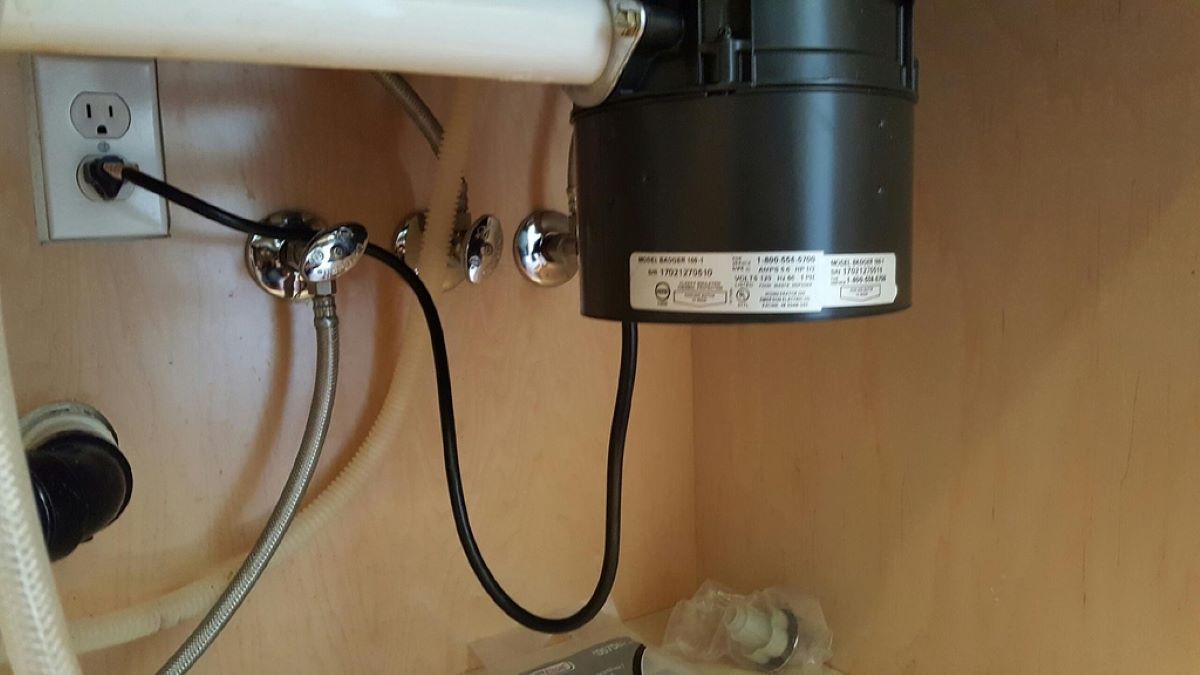
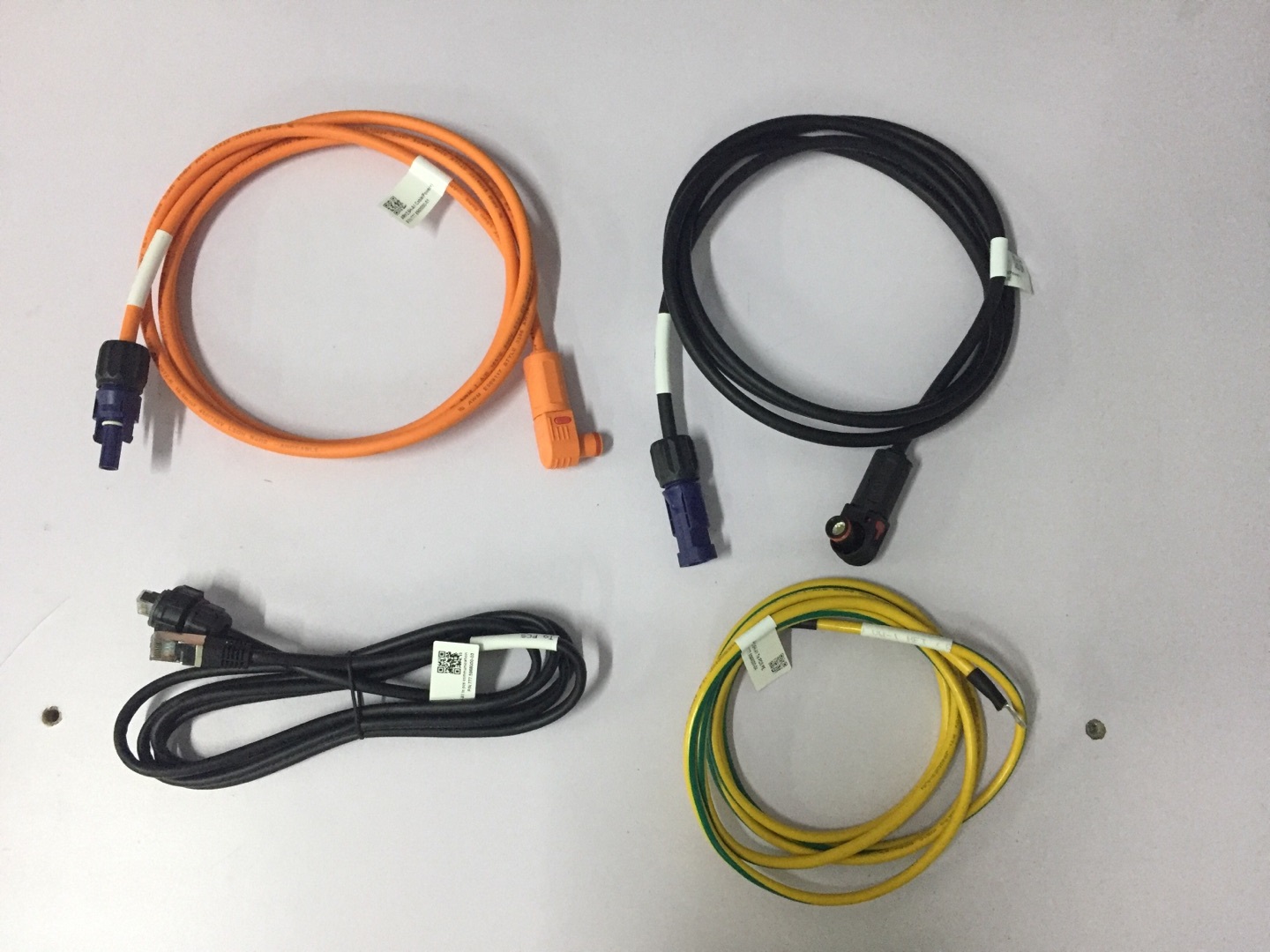

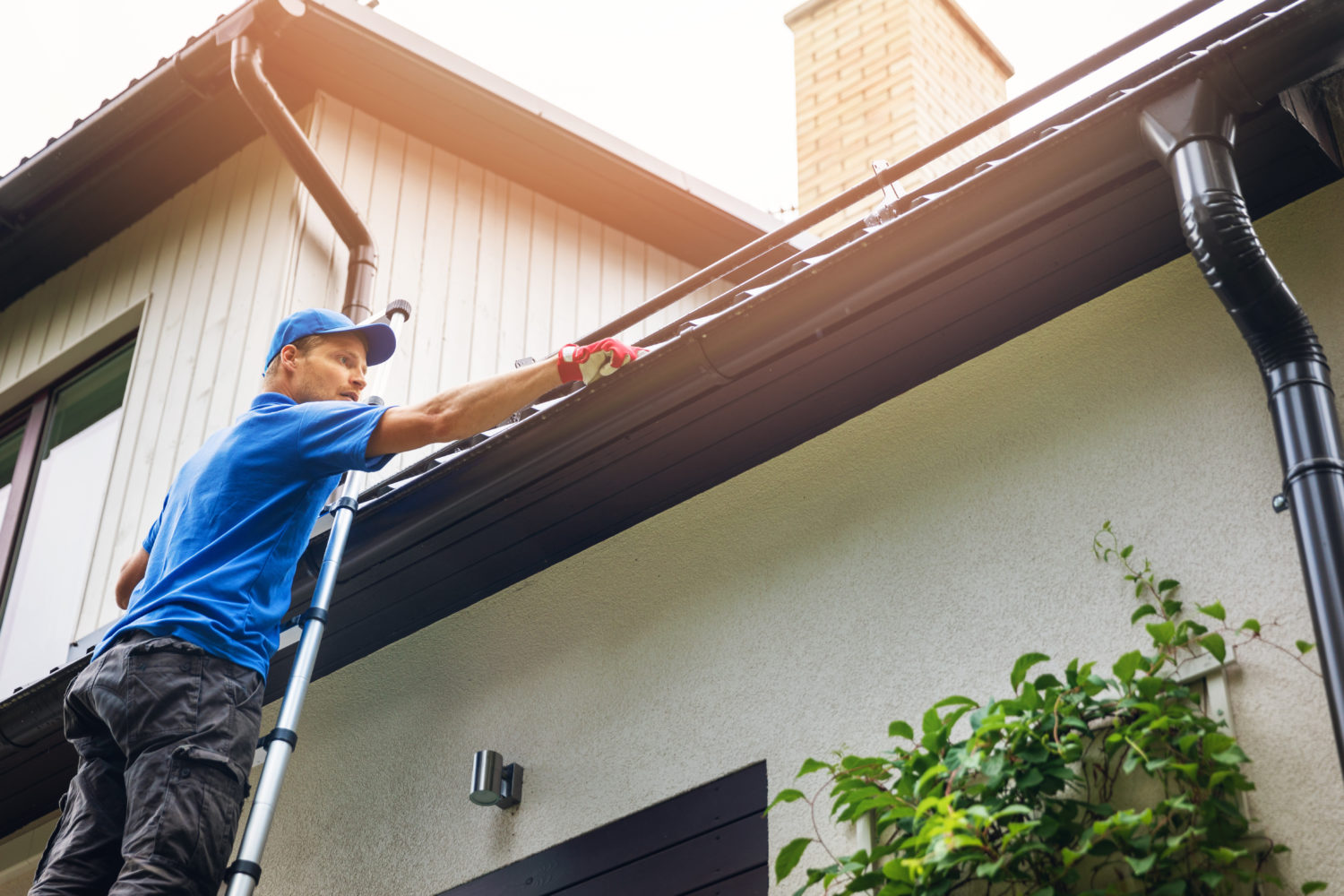
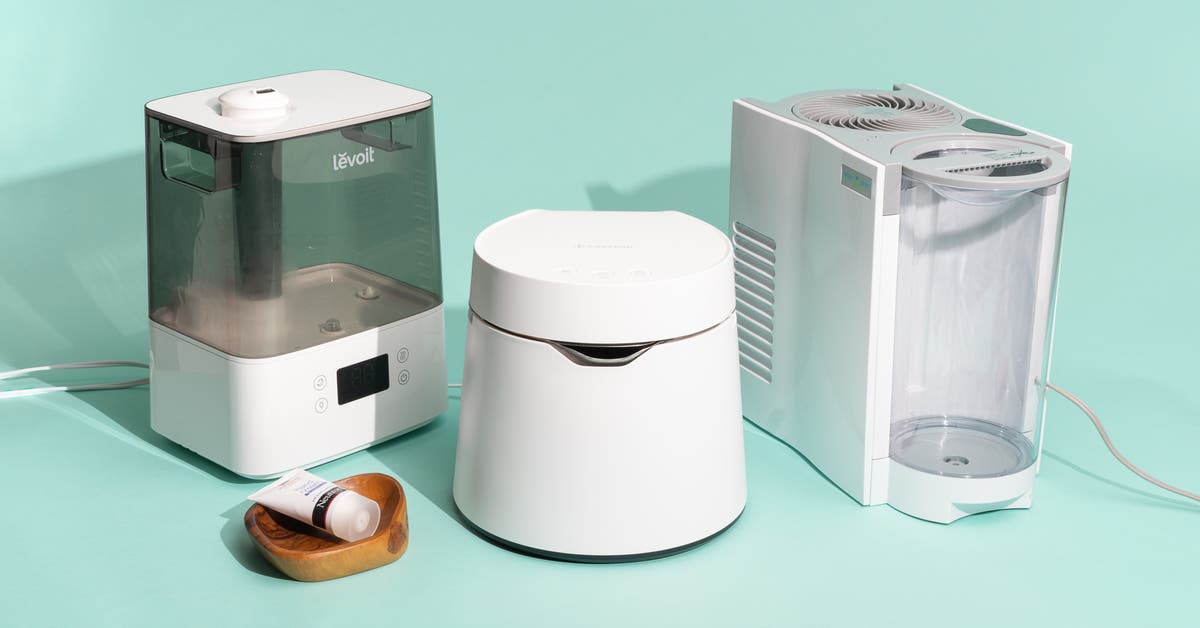

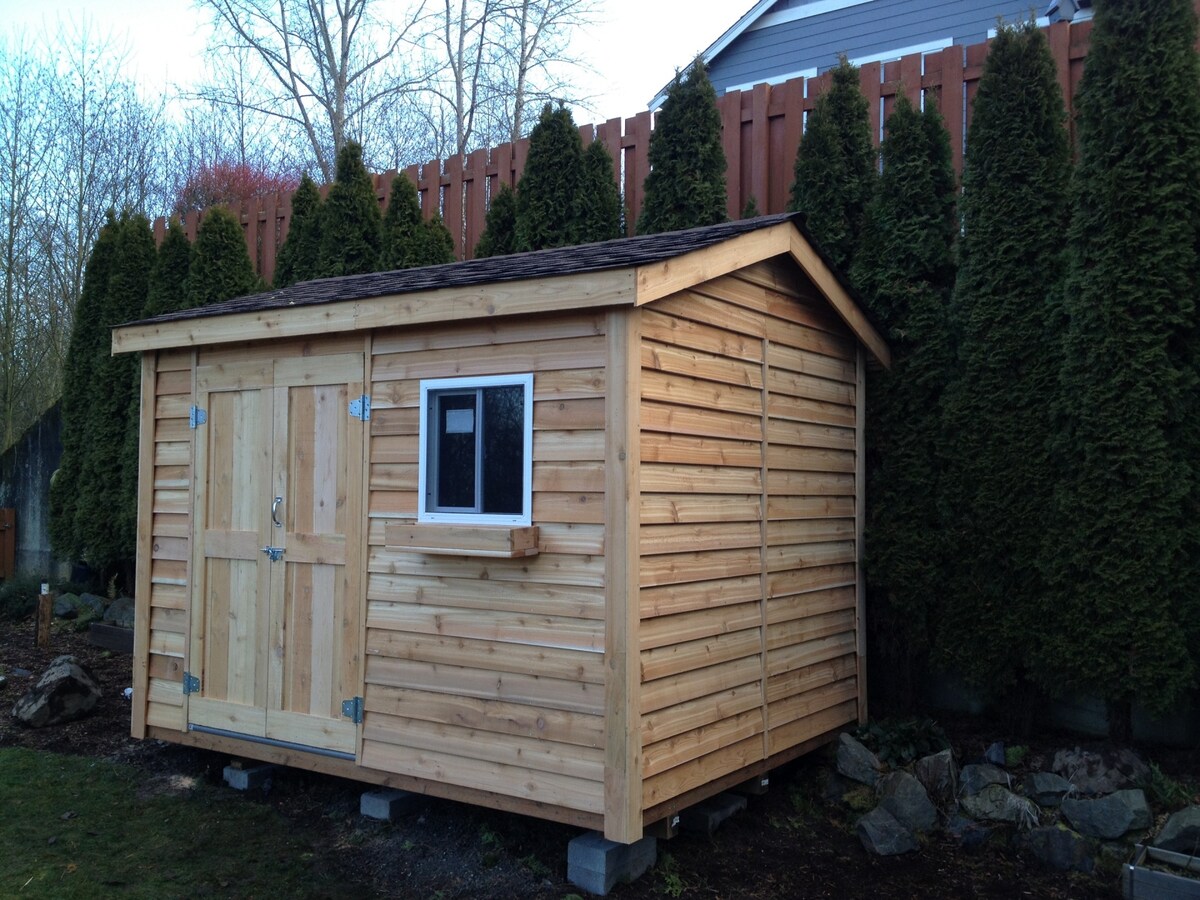



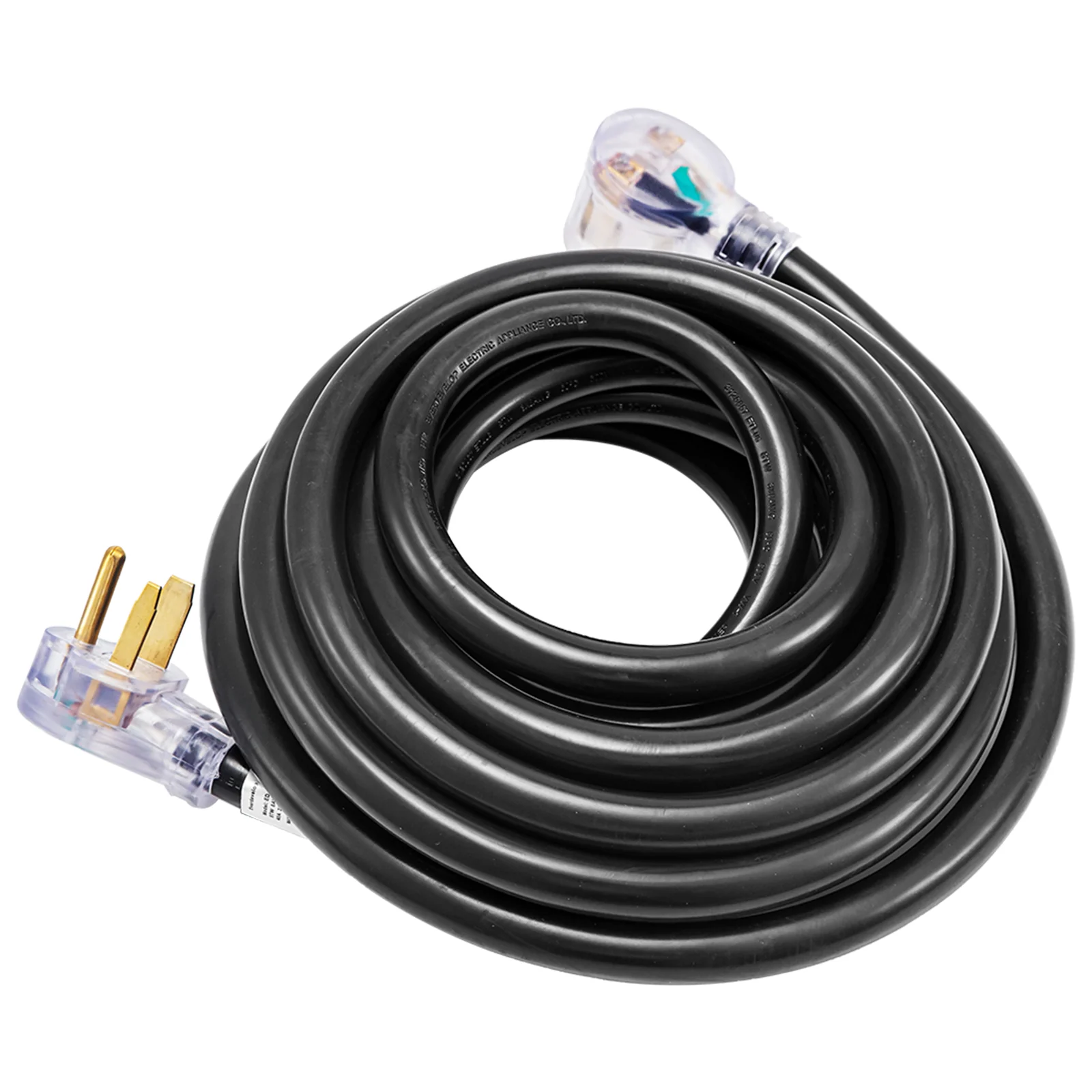
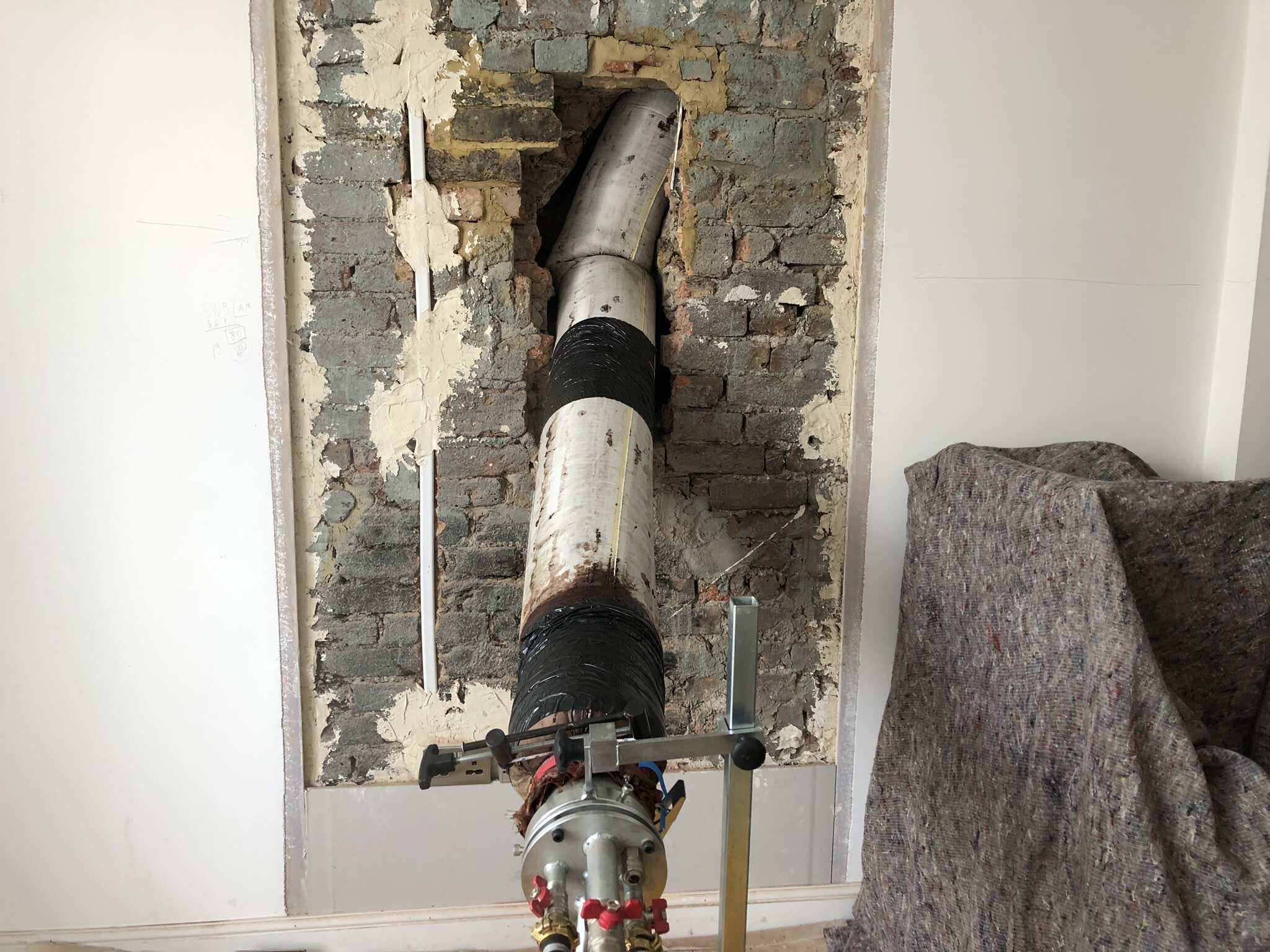
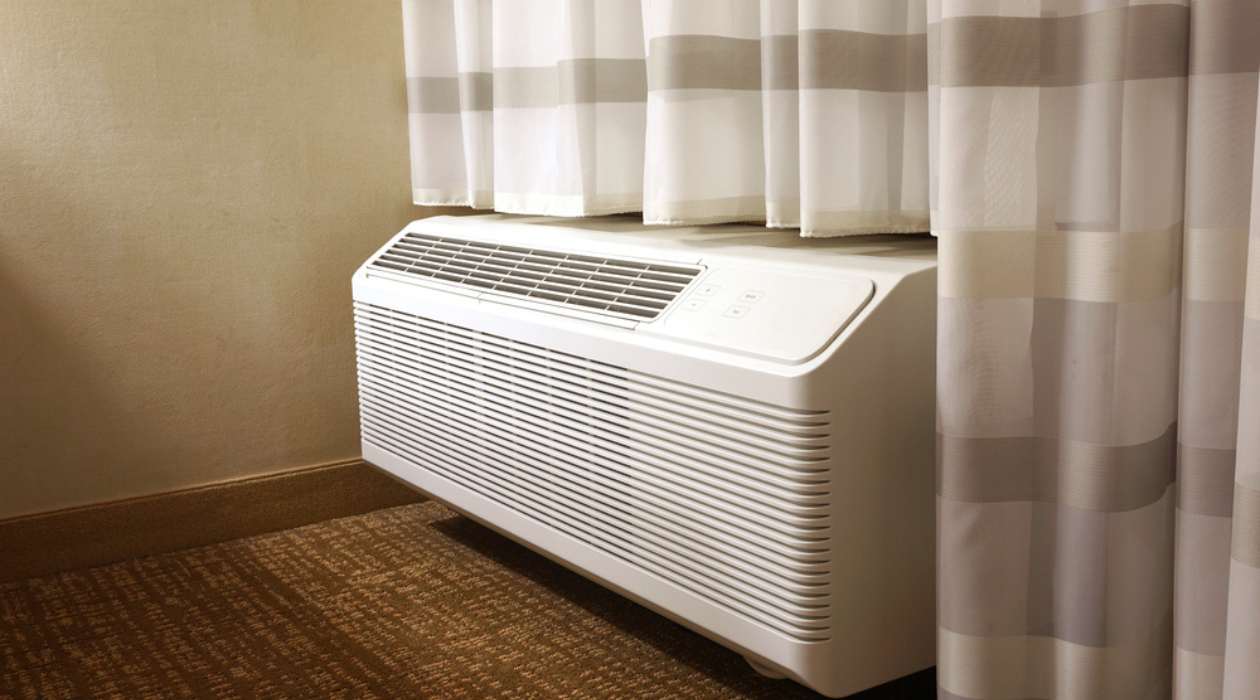
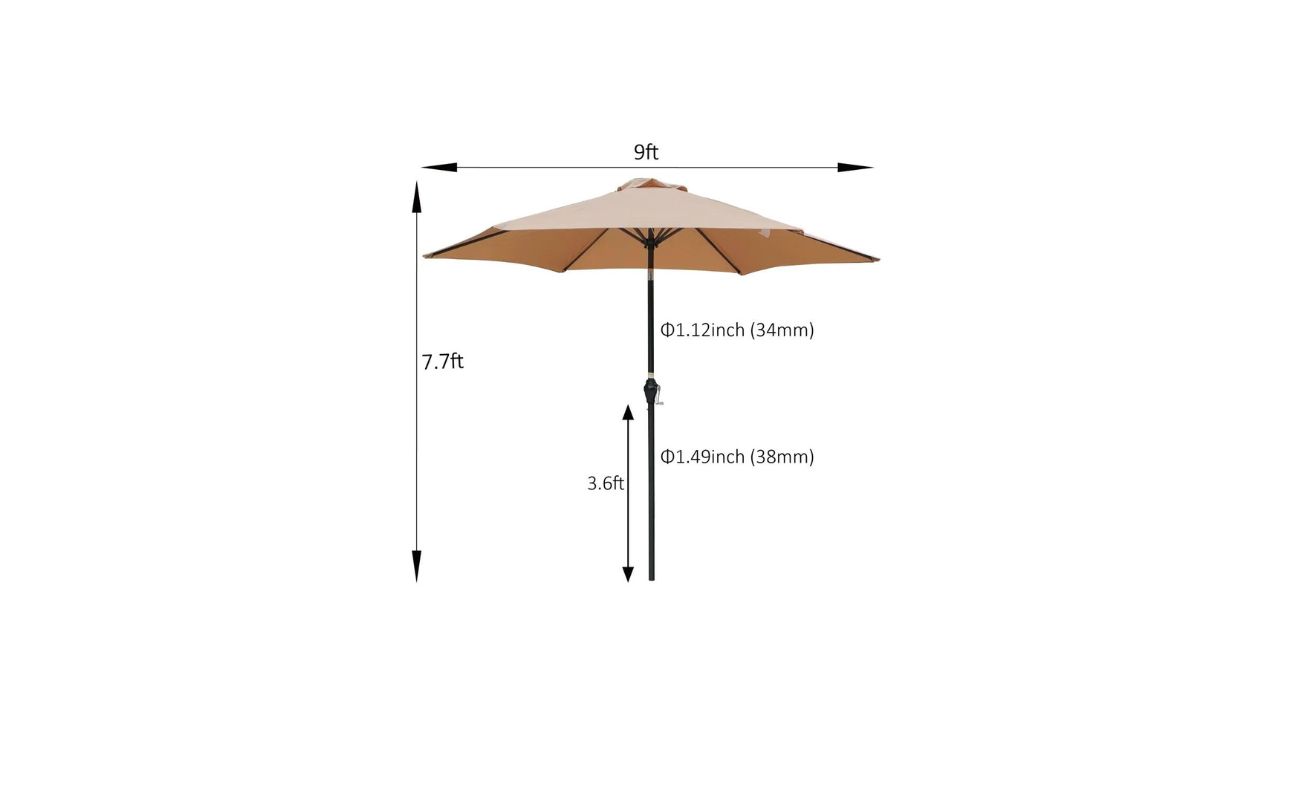

0 thoughts on “What Size Extension Cord Do I Need”